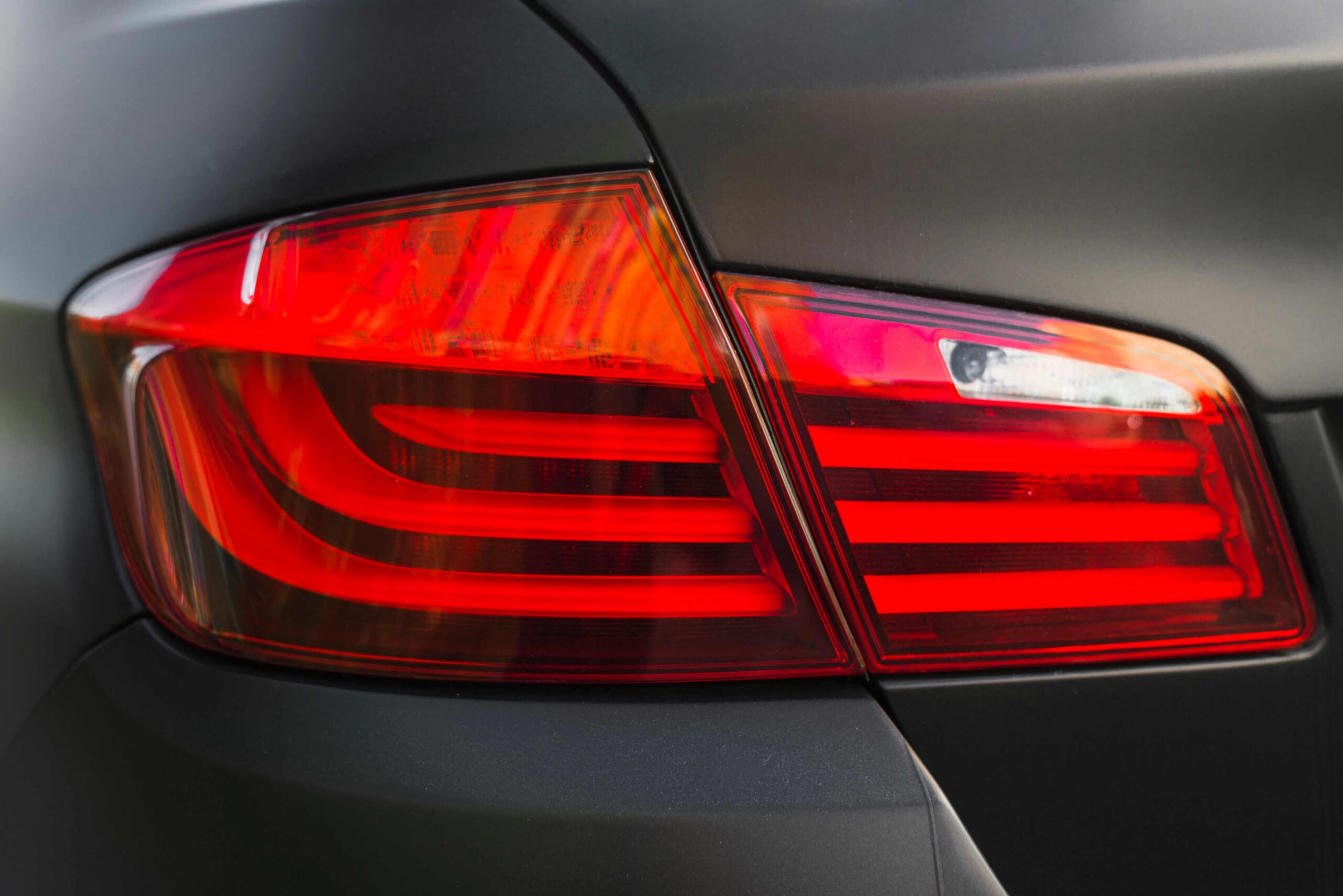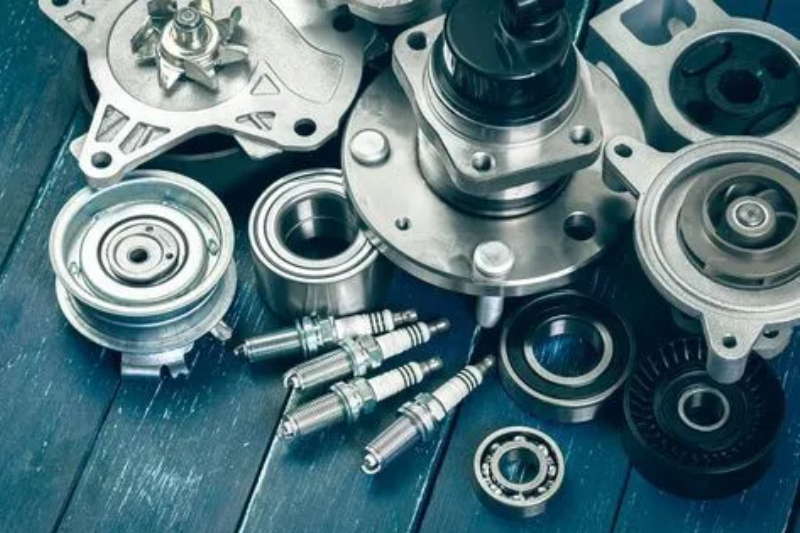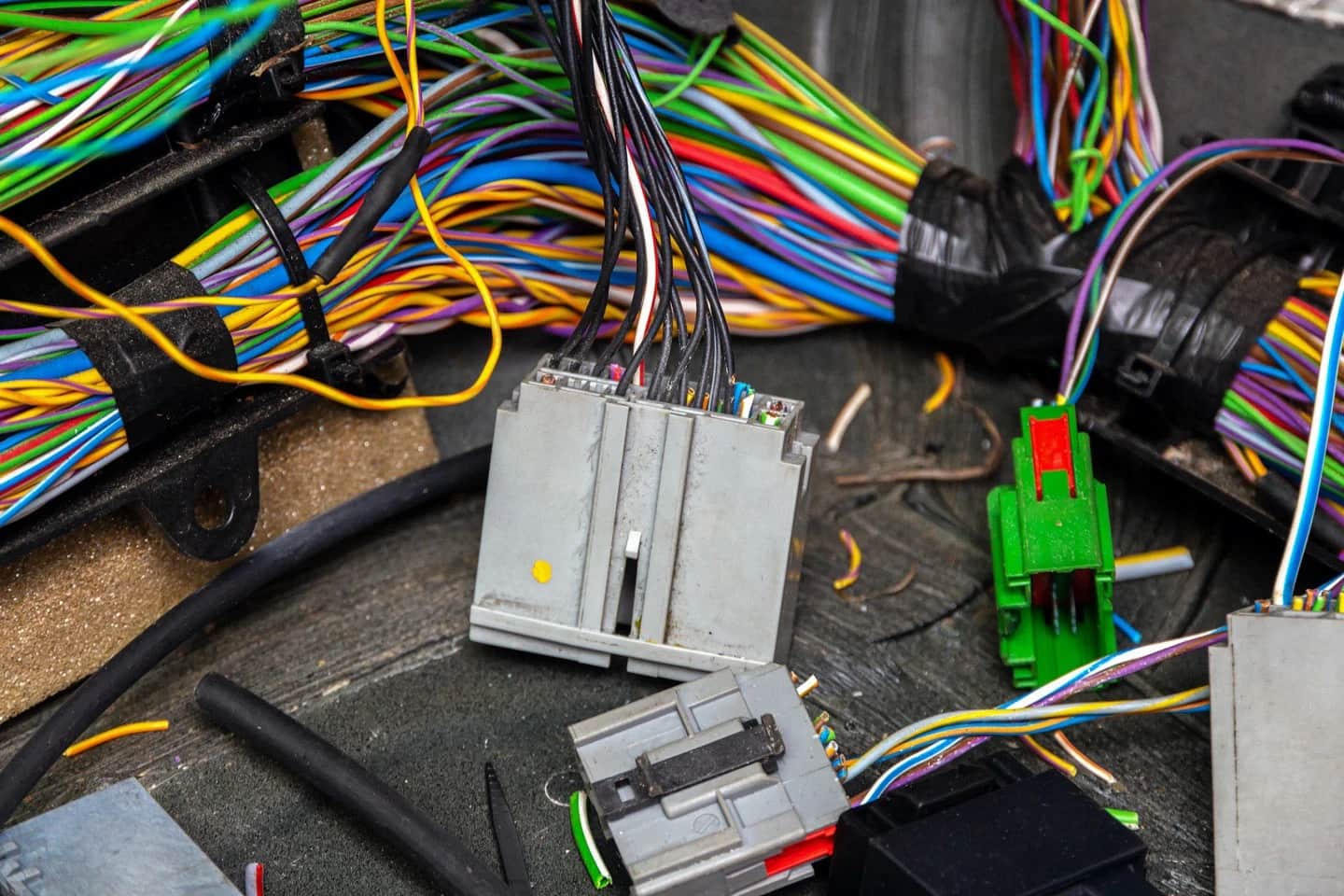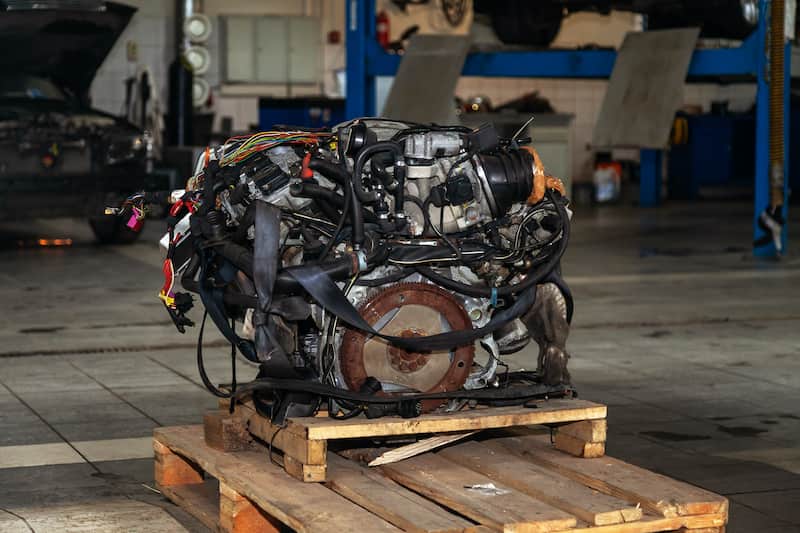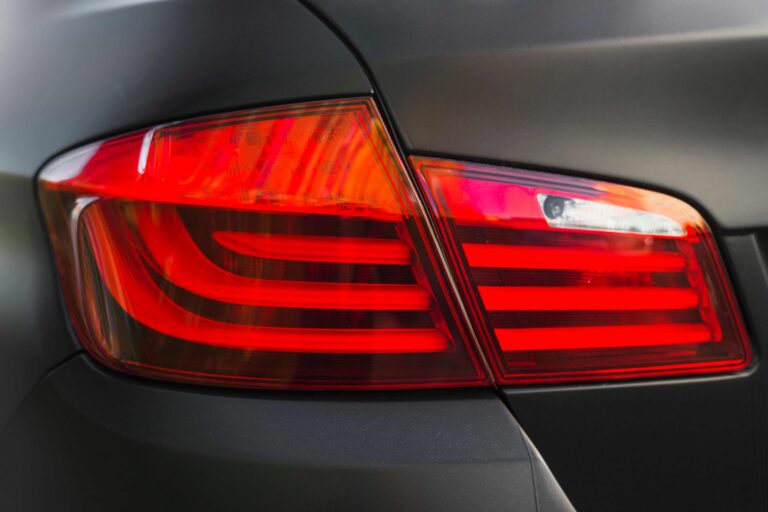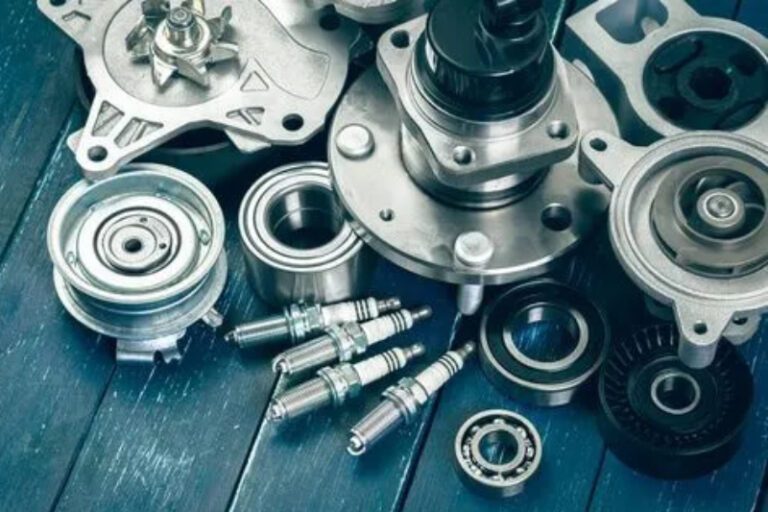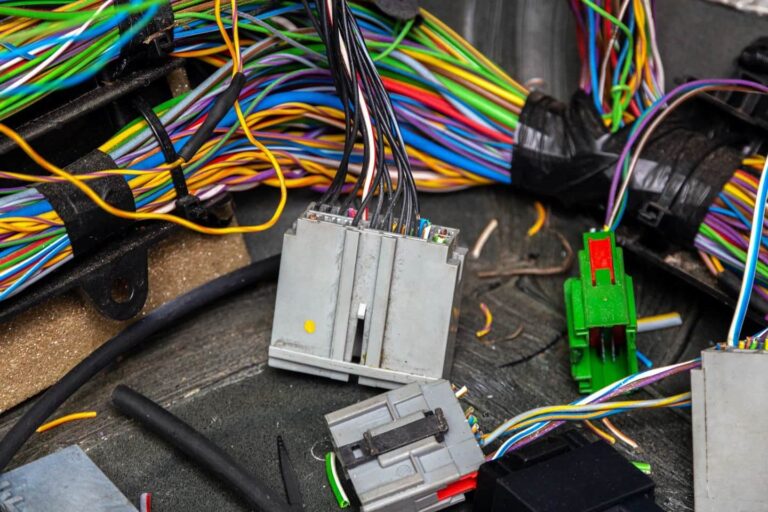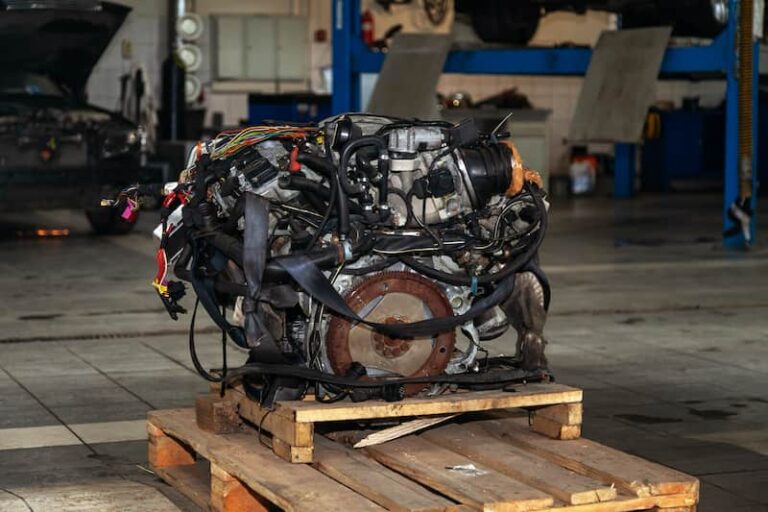No matter how careful a driver you are, fender dents are nearly unavoidable. A minor accident, a careless driver in the parking lot, or even a shopping cart can leave a dent on your car’s metal fender. Though these dents may not always affect performance, they do spoil the car’s aesthetic appeal and can reduce its resale value.
Taking your vehicle to a professional auto body shop for dent repair can be expensive and time-consuming. However, the good news is that many small to moderate fender dents can be fixed at home with a few simple tools and a bit of patience.
In this guide, you’ll learn how to pull a dent out of a metal fender, explore DIY methods that really work, and understand when to seek professional help.
Understanding Fender Dents
A fender is the curved part of a car’s body that covers and protects the wheels. It’s one of the most vulnerable areas to minor impacts. Whether made of steel, aluminum, or thermoplastic, a fender’s shape and structure can make dent repair tricky, especially if the material stretches or creases.
Before you begin repairing, it’s essential to assess the damage:
- Shallow dents (with no paint damage) are easier to fix using suction or heat-based methods.
- Deep dents or those with cracks in the paint may require professional attention or part replacement.
Now, let’s explore the DIY methods for pulling out dents from your car’s fender.
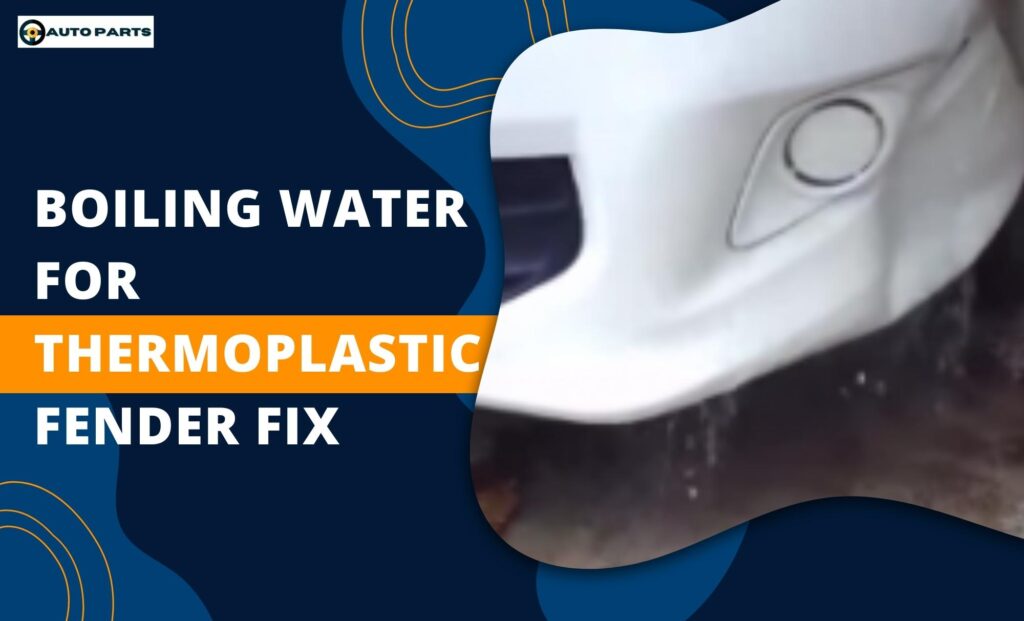
Using a Suction Cup for Fender Dent Repair
One of the simplest and most effective ways to fix small fender dents is by using a suction cup dent puller. This method works best for smooth, shallow dents on metal or older steel vehicles.
Steps to follow:
- Clean the surface – Before you start, wipe the affected area with a clean, dry cloth. Any dust or oil can reduce the suction’s effectiveness.
- Position the suction cup – Place the cup directly at the center of the dent for the best grip.
- Create suction – Press the suction cup firmly against the surface and engage it until it sticks tightly.
- Pull the dent out – With a steady motion, pull outward. You may need to repeat this a few times until the dent pops back.
- Inspect the area – If you notice minor uneven spots, you can repeat the process at different angles for better results.
Note: This method is not suitable for very deep dents or areas with sharp creases. It’s ideal for restoring smooth, concave dents.
Fixing Dents Using Boiling Water (Thermoplastic Fenders)
If your vehicle has a thermoplastic fender, you can use boiling water to soften the material and reshape it manually. However, this technique is not recommended for metal fenders since hot water can cause rust or paint damage.
Steps to fix a plastic fender dent:
- Boil a pot of water and carefully pour it over the dented area.
- After the material softens, reach behind the fender (if accessible) and gently push the dent out from the inside.
- Once the dent pops out, pour cold water over the area to cool and harden the surface quickly.
Caution:
Do not repeat the process too many times. Excessive exposure to heat can degrade the plastic, making it brittle over time.
The Hot and Compressed Air Method
The combination of heat and compressed air is an effective way to fix small to medium dents on both metal and thermoplastic fenders.
You’ll need:
- A hairdryer or heat gun
- A can of compressed air
Steps:
- Heat the dented area with the hairdryer or heat gun for about 2–3 minutes. Keep the nozzle at least 6 inches away to avoid damaging the paint.
- Once the area feels hot, immediately spray it with compressed air held upside down.
- The sudden cooling causes the metal to contract, and the dent will pop out.
This method works because of thermal expansion and contraction – the heat expands the metal or plastic, and rapid cooling pulls it back into shape.
The Glue and Wooden Dowel Technique
If the suction cup or heat methods don’t work, try the glue and dowel method, commonly used by professionals for paintless dent repair. It’s more time-consuming but highly effective.
Steps:
- Apply hot glue to several small wooden dowels or specialized pulling tabs.
- Attach them around the edges of the dent, not in the center.
- Allow the glue to cool and set for a few minutes.
- Gently pull on each dowel to gradually lift the dented area back into shape.
- Once done, remove the glue by heating it lightly with a hairdryer and peeling it off.
This method provides excellent control, allowing you to reshape the dent slowly without damaging the paint.
Using a Plunger
If you don’t have a suction tool, a regular household plunger can work in a pinch. This works best for larger, shallow dents.
Steps:
- Clean the area and apply a bit of water or petroleum jelly around the dent.
- Press the plunger against the dent and pull sharply.
- Repeat a few times until the dent pops out.
While this is not a professional solution, it can help in emergencies or for minor dents.
When to Seek Professional Help
DIY methods are great for small dents, but you should visit an auto repair shop if:
- The dent has cracked or chipped paint.
- The metal has folded or creased.
- The fender is displaced or detached.
- You’ve tried several methods without success.
A professional body shop can perform Paintless Dent Repair (PDR) or traditional dent repair, depending on the severity.
Average Cost of Fender Dent Repair:
- Minor dents: $50–$150 (DIY or PDR)
- Moderate dents: $150–$300
- Severe damage: $300–$1,000 or more (replacement may be required)
If cost is an issue, you can explore used fenders or aftermarket parts available online for a fraction of the price.
Preventing Future Fender Dents
To avoid the hassle of fixing dents frequently, here are a few preventive tips:
- Park your vehicle away from crowded areas or shopping carts.
- Avoid tailgating or tight parking spaces.
- Install fender guards or corner protectors for added protection.
- Regularly wax your car – it helps maintain paint flexibility and reduces dent marks.
Final Thoughts
Repairing a dented metal fender doesn’t always mean an expensive trip to the auto body shop. With the right approach, you can restore your vehicle’s appearance using simple tools and a bit of patience.
Whether you choose the suction cup method, heat and compressed air technique, or glue and dowel approach, always start by assessing the material and the depth of the dent. For severe damage, professional help is the safest and most reliable option.
Taking care of your car’s exterior not only improves its appearance but also maintains its resale value. So the next time your fender gets dented – don’t panic. With these DIY dent removal techniques, you can fix it quickly, safely, and affordably.
Frequently Asked Questions
The easiest method is to use a suction cup dent puller. It requires minimal tools and can quickly pop out shallow dents from metal or plastic surfaces.
No. Boiling water can cause rust and paint damage on metal surfaces. The technique is suitable only for thermoplastic fenders, as it helps soften and reshape the plastic.
In this technique, hot glue is applied to wooden dowels or tabs, which are then attached around the dent. Once the glue sets, the dowels are gently pulled to reshape the dented area.
Professional dent repair costs between $50 and $200, depending on the dent size and location. Paintless Dent Repair (PDR) is cheaper if the paint isn’t damaged.
If your fender is deeply creased, rusted, or cracked, replacement is the best option. You can find affordable used or aftermarket fenders that look and perform like new.


